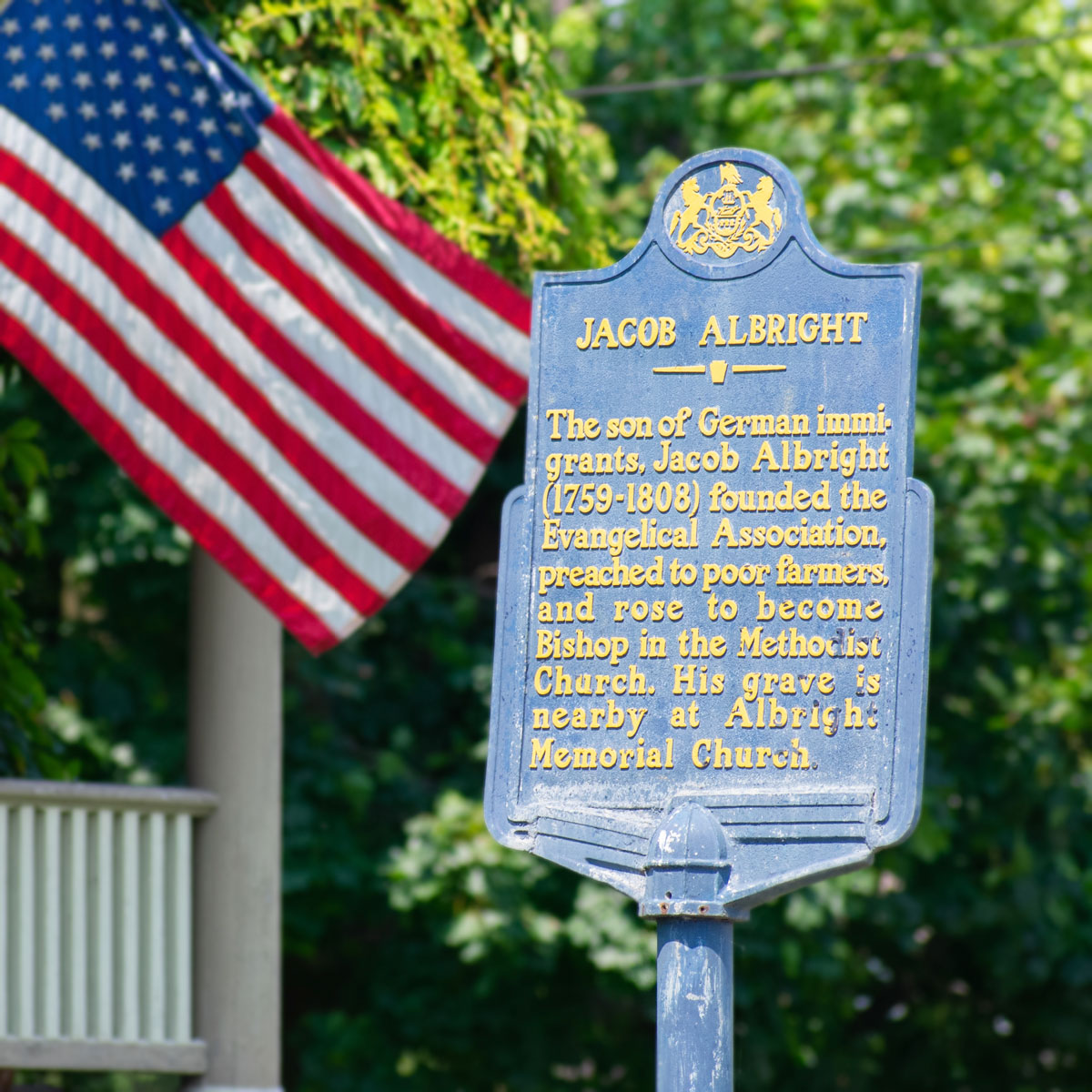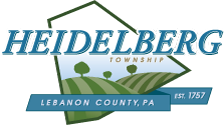As early as 1720, German and Swiss immigrants were settling the area now known as Schaefferstown. Here they found a fertile, heavily wooded, and well-watered valley where they forested trees for dwellings and cleared land for cultivation.
After the Penns acquired the title to the land from the Native Americans in 1732, many of the previous settlers secured warrants for the lands they occupied by the consent of the Native Americans.
Among the first properties granted was that of John Miley, which consisted of 347 acres. But by 1758, Alexander Schaeffer had acquired much of that property and surrounding area to make his total acquisition over 700 acres. The legal birth of the town came in June 1758, with an acquired 104 and one-quarter acres that Schaeffer laid out in town lots that he sold for five shillings apiece plus a yearly rent.
As the town became the center of population in the original township of Heidelberg, Lancaster County, (presently Heidelberg, Jackson, and Millcreek Townships, considerable part of Berks County as well as part of Elizabeth Township, Lancaster County) the town was properly named Heidelberg.
By the beginning of the 19th century, Heidelberg had become more commonly known as Schaefferstown nearly 20 years after the founder’s death. Today we embrace it as a tribute to him.

Kleinfeltersville
A few families settled the land now known as Kleinfeltersville nearly 100 years before it was named after its largest landowner, Rev. John Kleinfelter, in 1848.
Born May 5, 1791, near Glen Rock in York County, Rev. Kleinfelter grew to become president of the Evangelical Church Conference from 1822 to 1824. Traveling as a circuit minister, his travels brought him to this area quite often. Upon one visit he met Catherine Becker, daughter of John George Becker II, a follower of Rev. Jacob Albright.
In 1823, Catherine and Rev. Kleinfelter were married at her father’s farm. The next year he bought the 200-acre Becker farm for 1,453 pounds and five shillings. There he lived, farmed, and preached when needed.
During the 1830s, Rev. Kleinfelter lived in Cocalico and operated a store. In 1844, he returned to the farm and bought another 49 acres with a two-story log house that stood in the center of what is now Kleinfeltersville.
In 1848, he divided the 49 acres into lots that were sold to his daughters and only son. This was the start of Kleinfeltersville. By 1861, Rev. Kleinfelter retired from farming and sold the farm to his son-in-law, Rev. William Hoffman. The next two years he lived in the two-story log house he had bought in 1844. There he died in 1863.
Reistville
Reistville was formerly known as Achey’s Corner due to most of the property being owned by Achey families. It is located two miles north of Schaefferstown on Rt. 501. During the 1880s, William Reist operated a general store and post office for the area under the name Reistville until 1905 when the post office was discontinued.
Reistville has always played a big part in Heidelberg Township’s history almost as a hub of commerce. For years men ran “bread-and-butter” routes that served New York and many other eastern markets. Auctions were also held there every two weeks in the summer that would bring in cattle and horses from the western states that were sold to local as well as other eastern markets.
As we entered the 20th century the Ephrata and Lebanon Street Railway Company brought the first trolley to Schaefferstown via Reistville on March 20, 1914.
